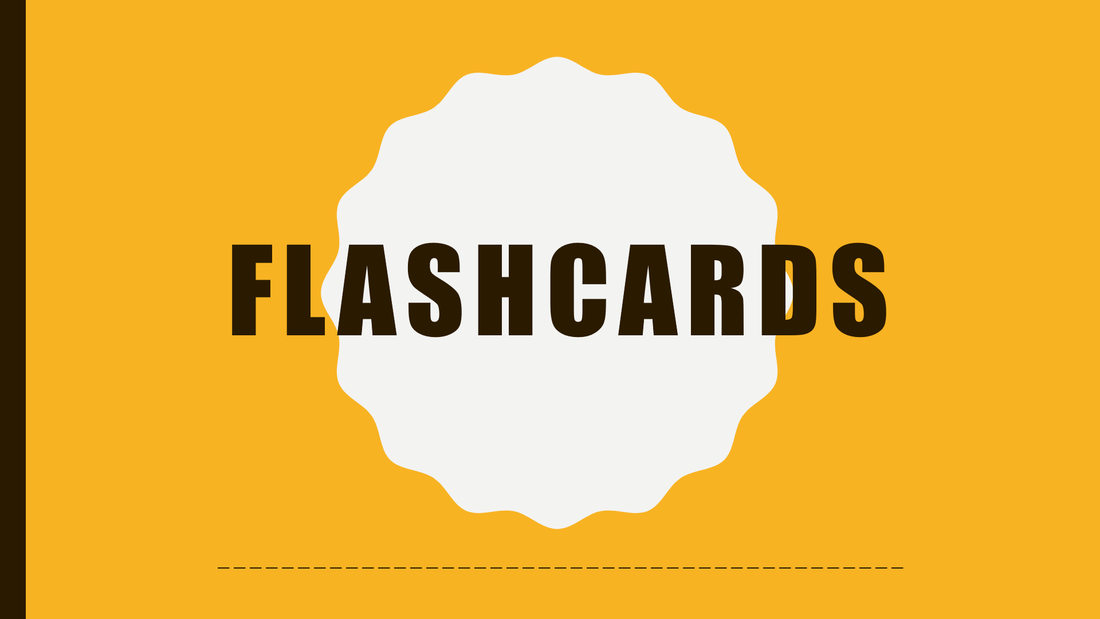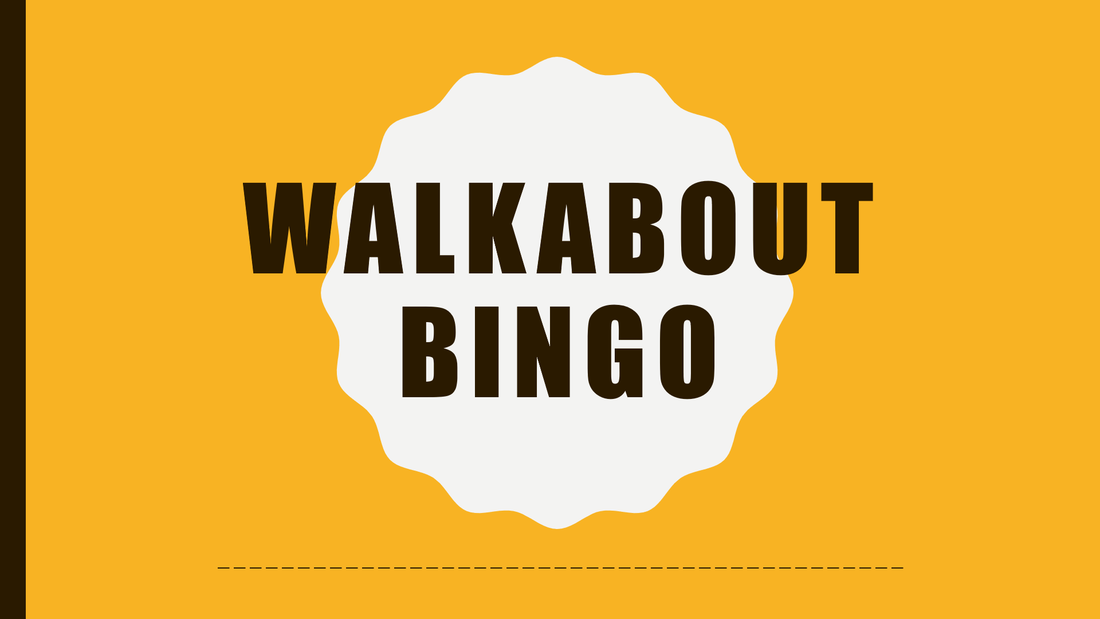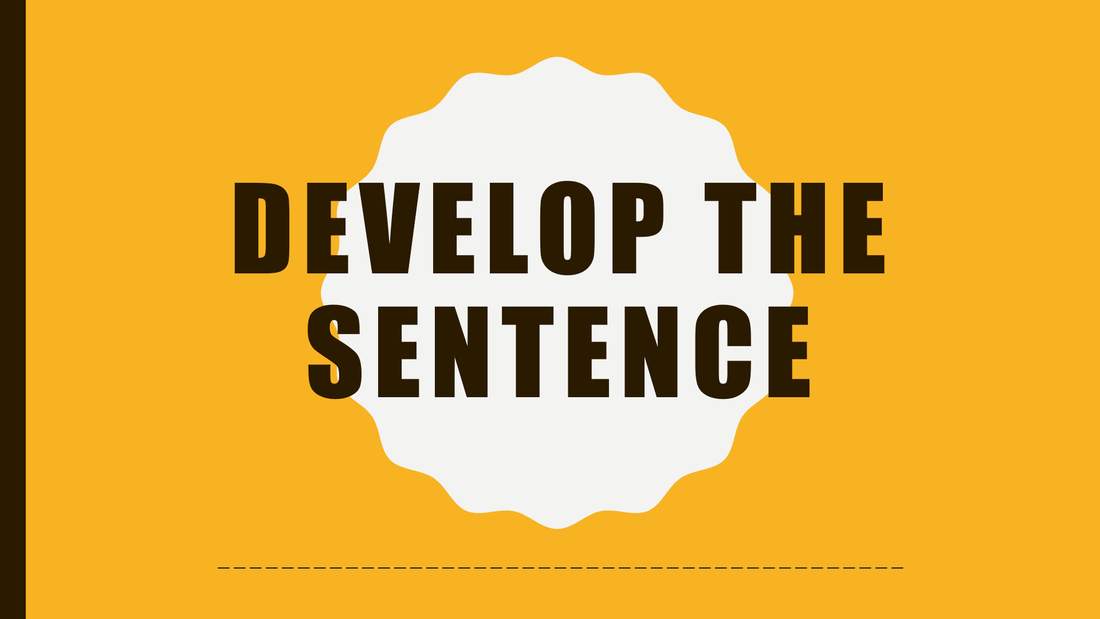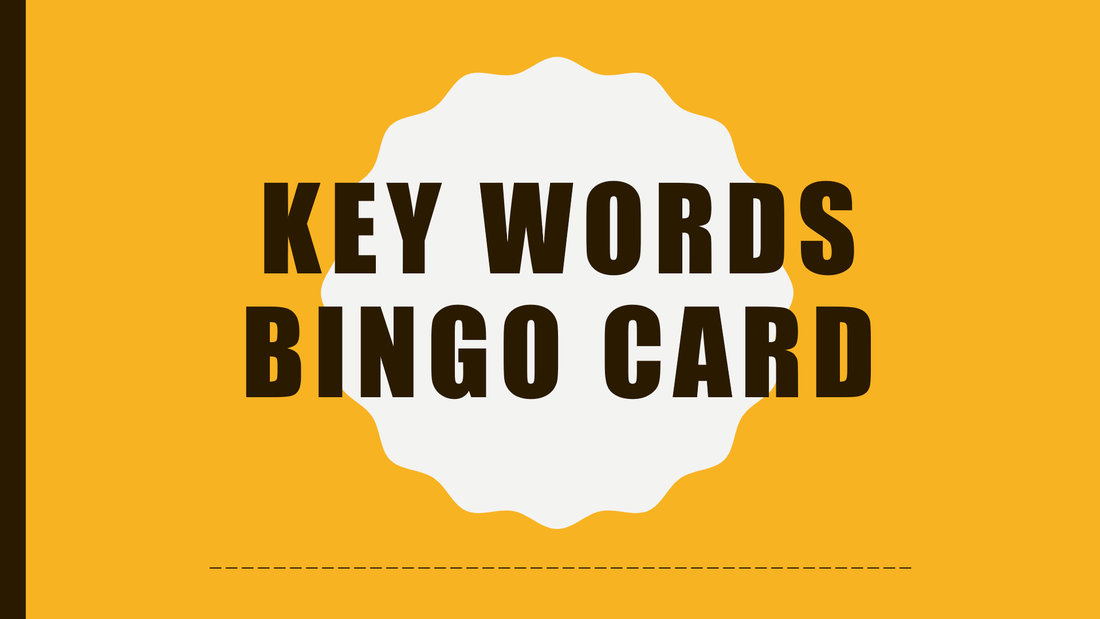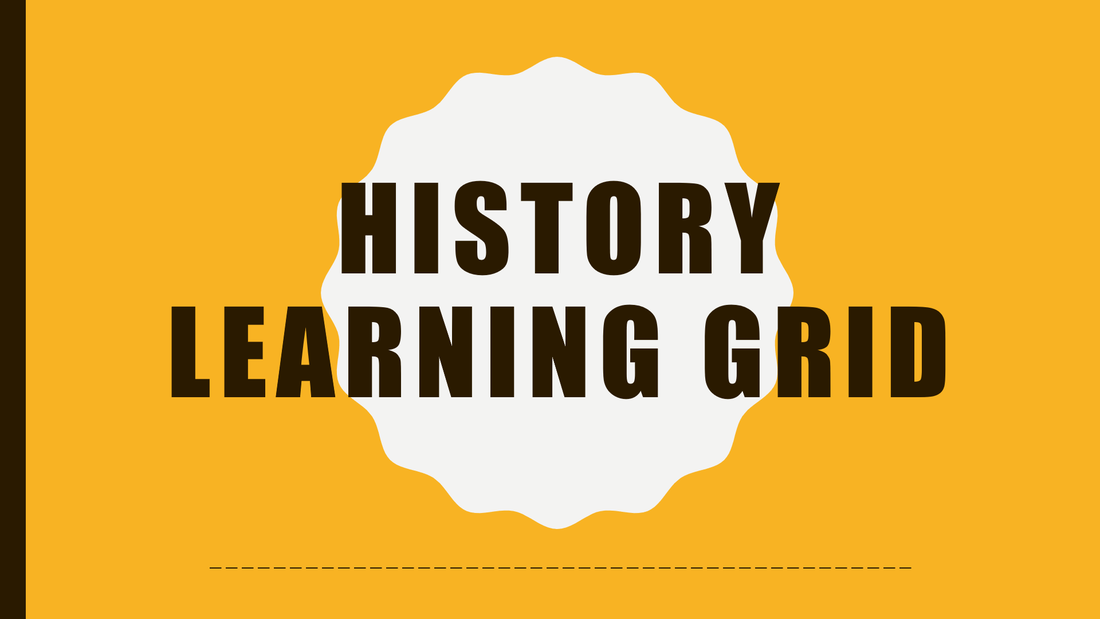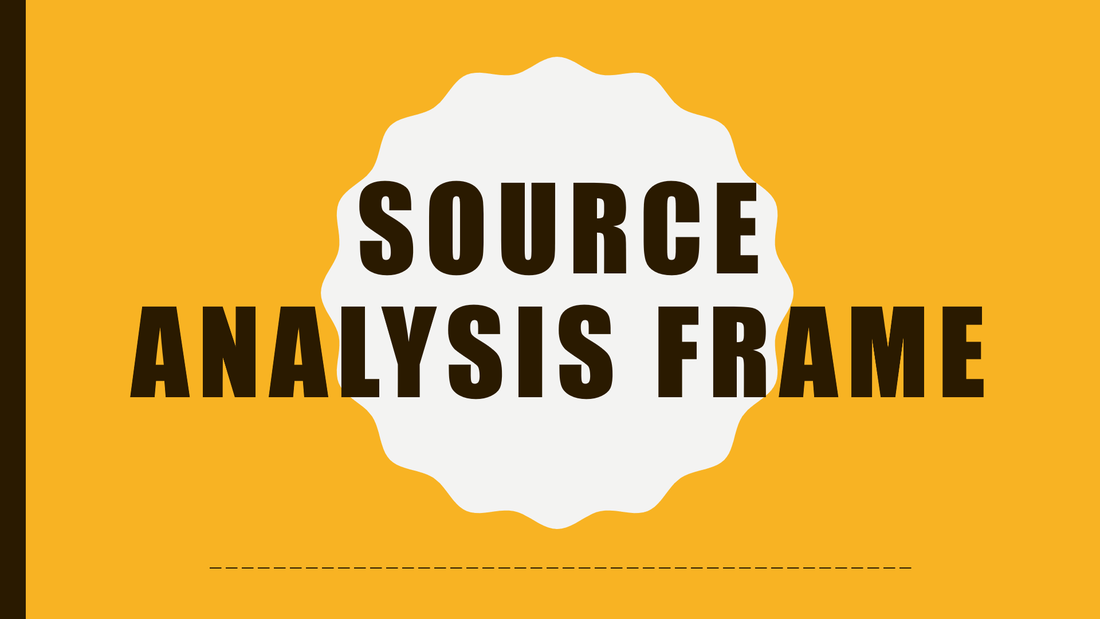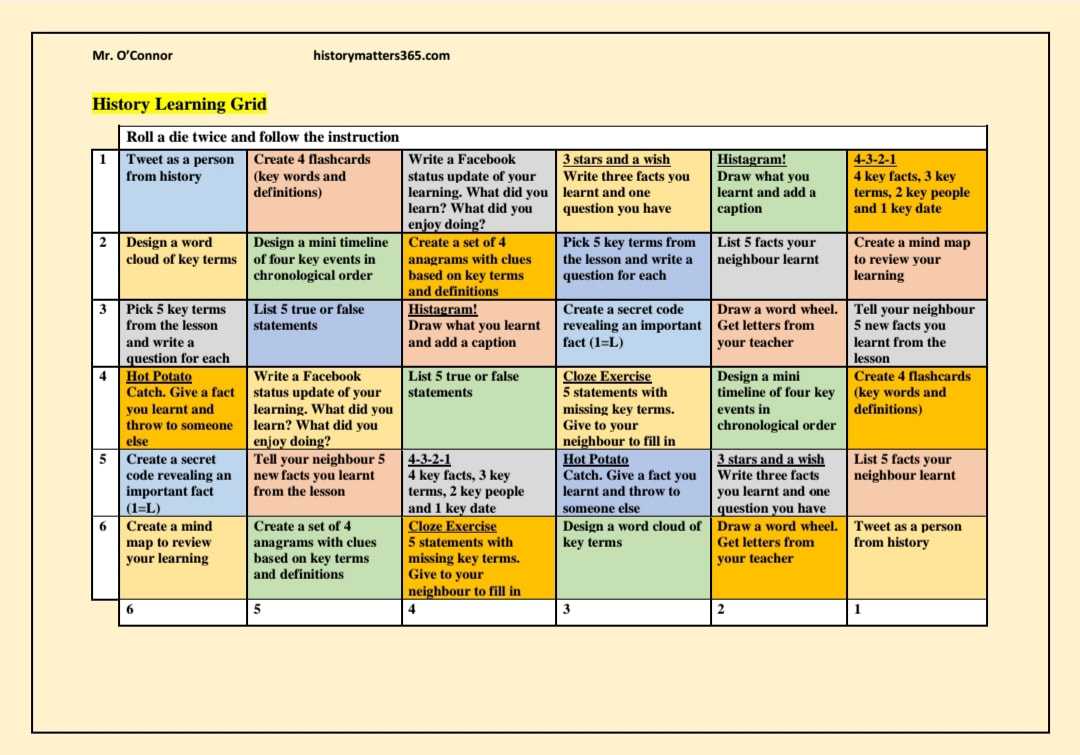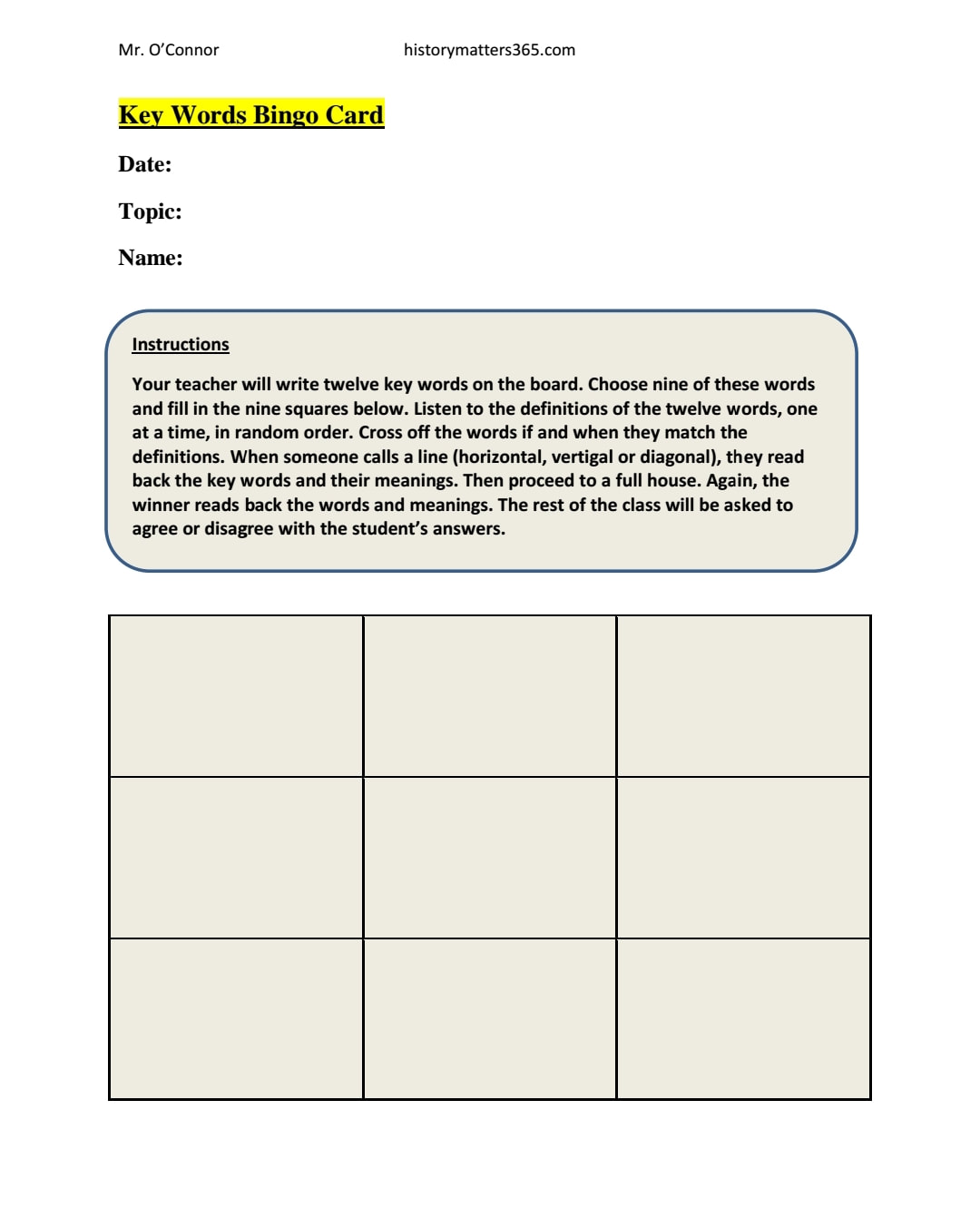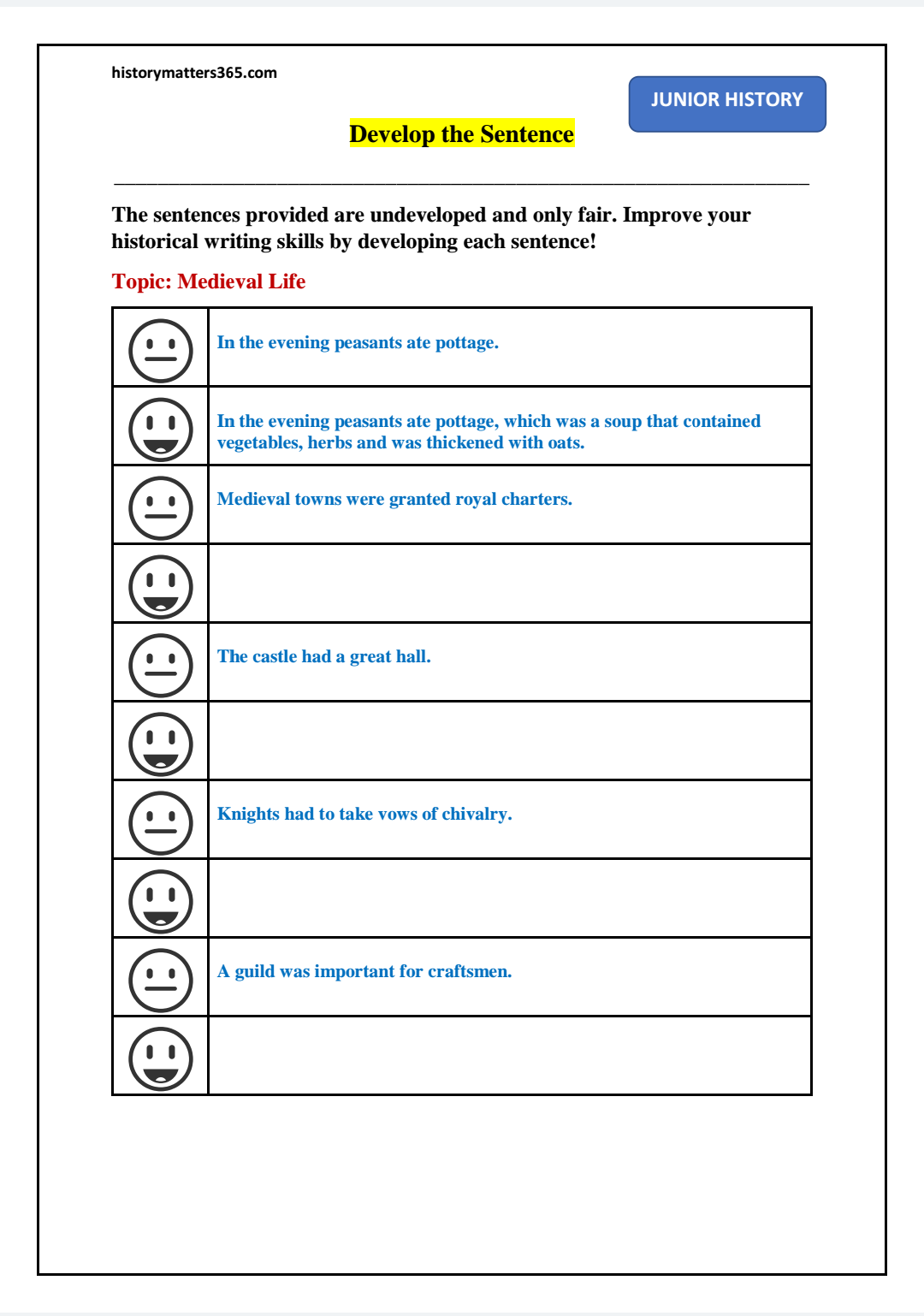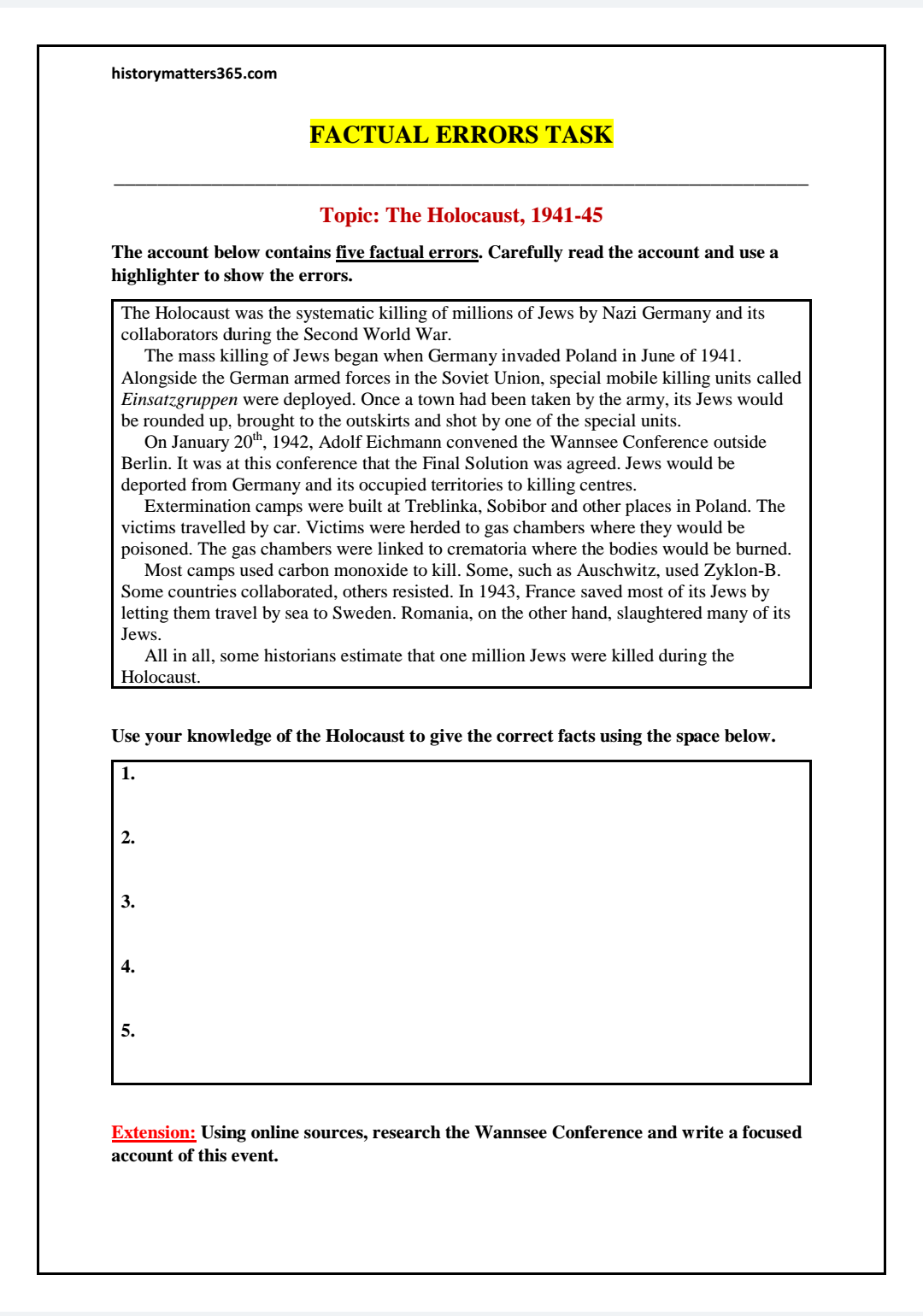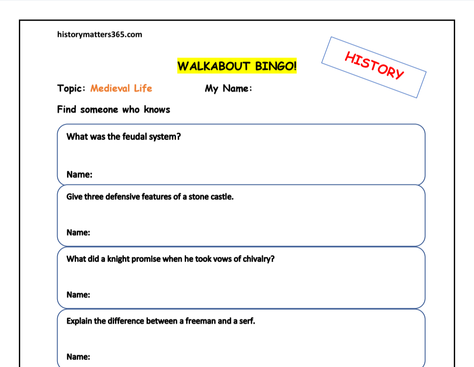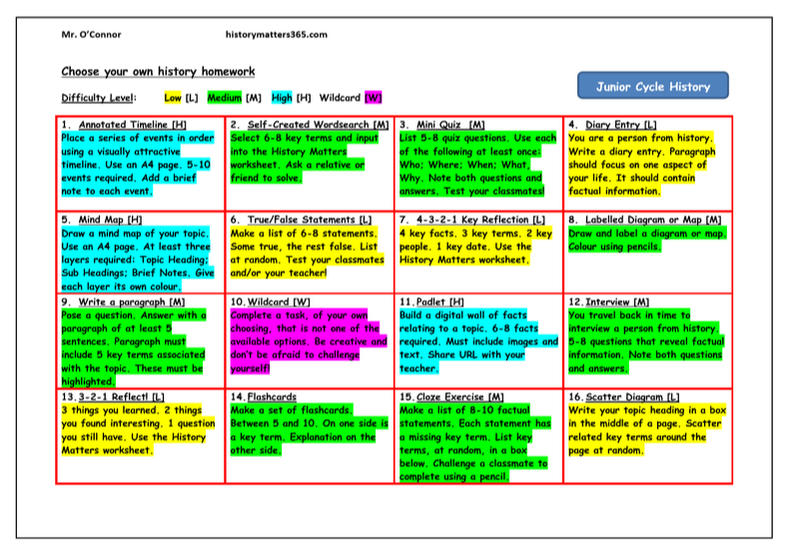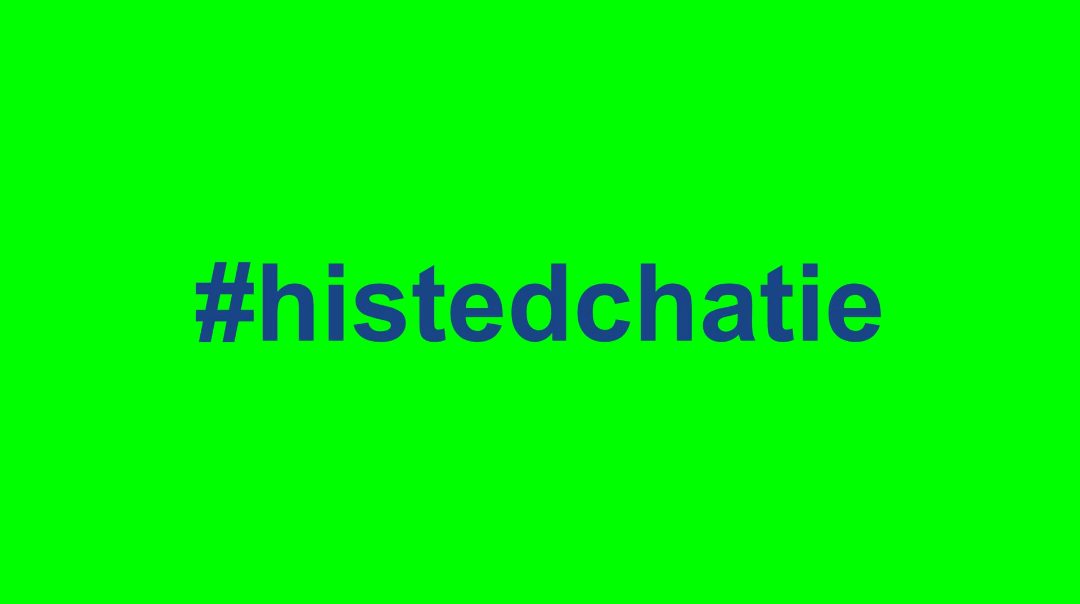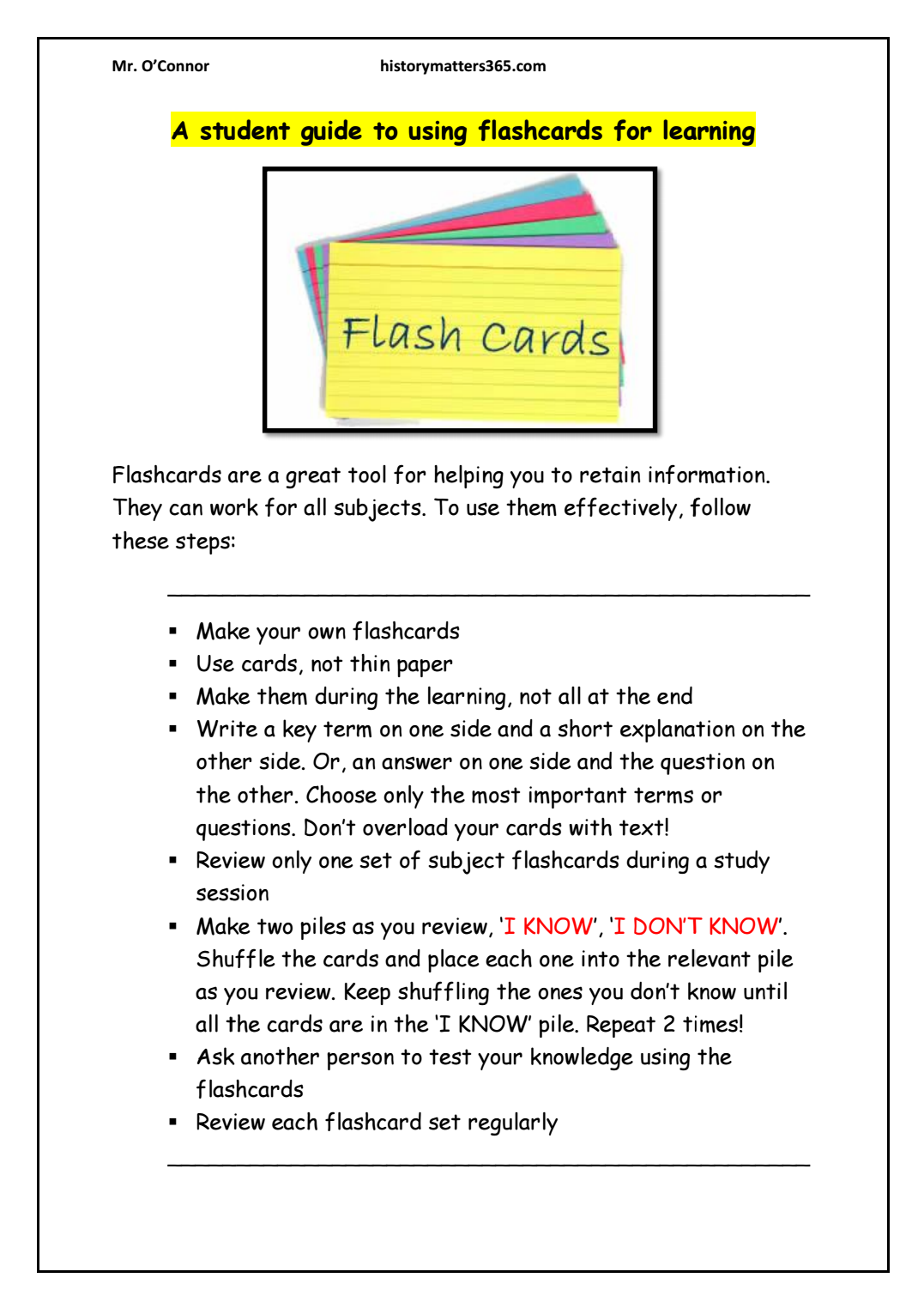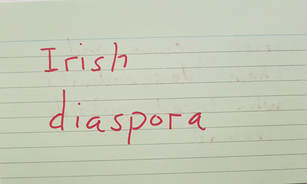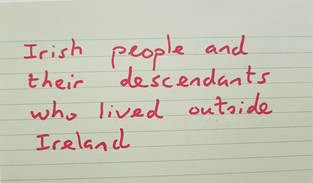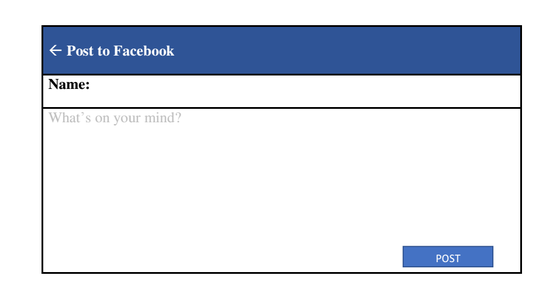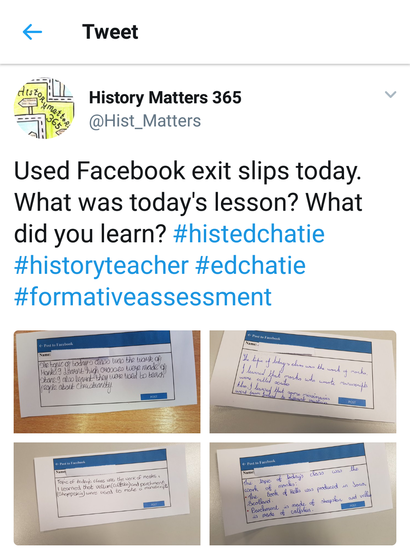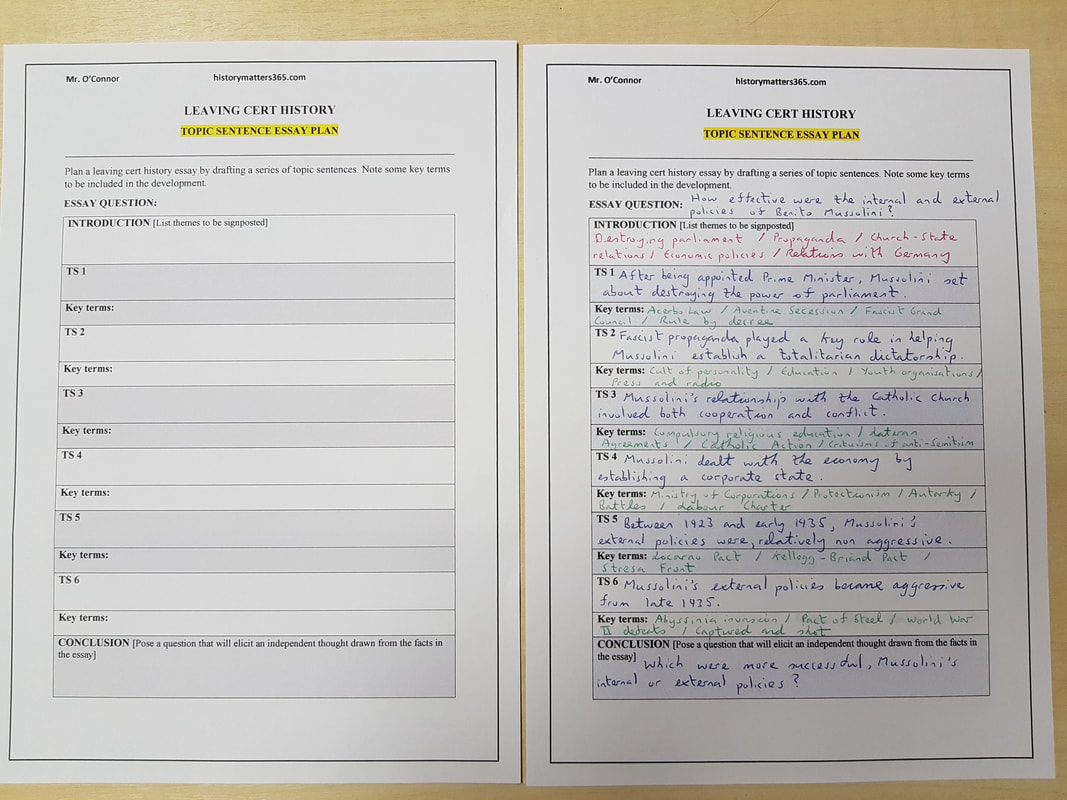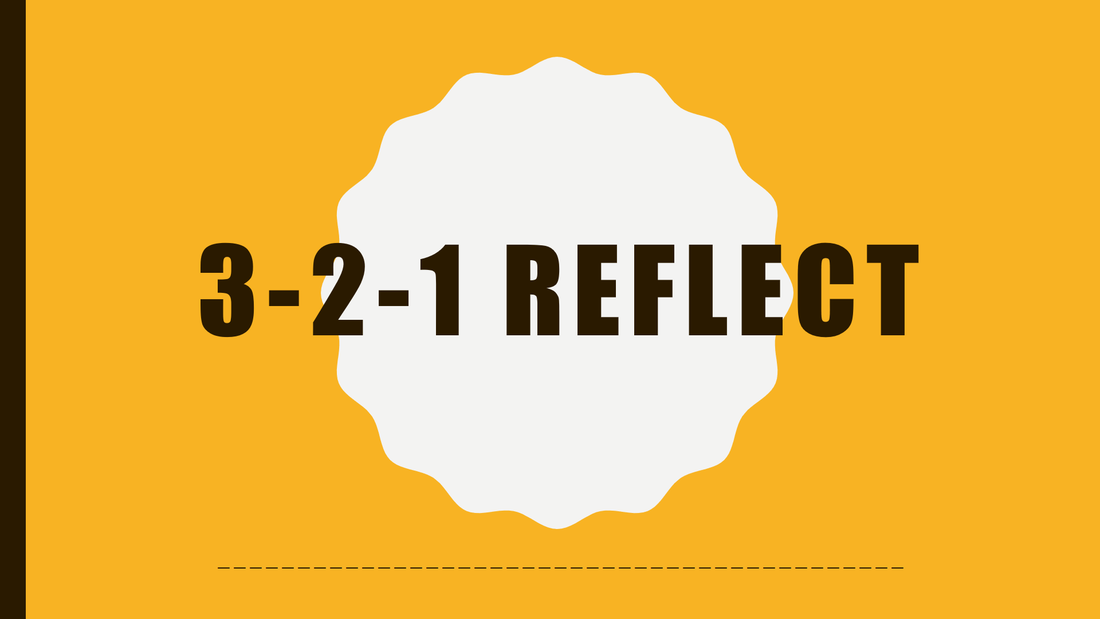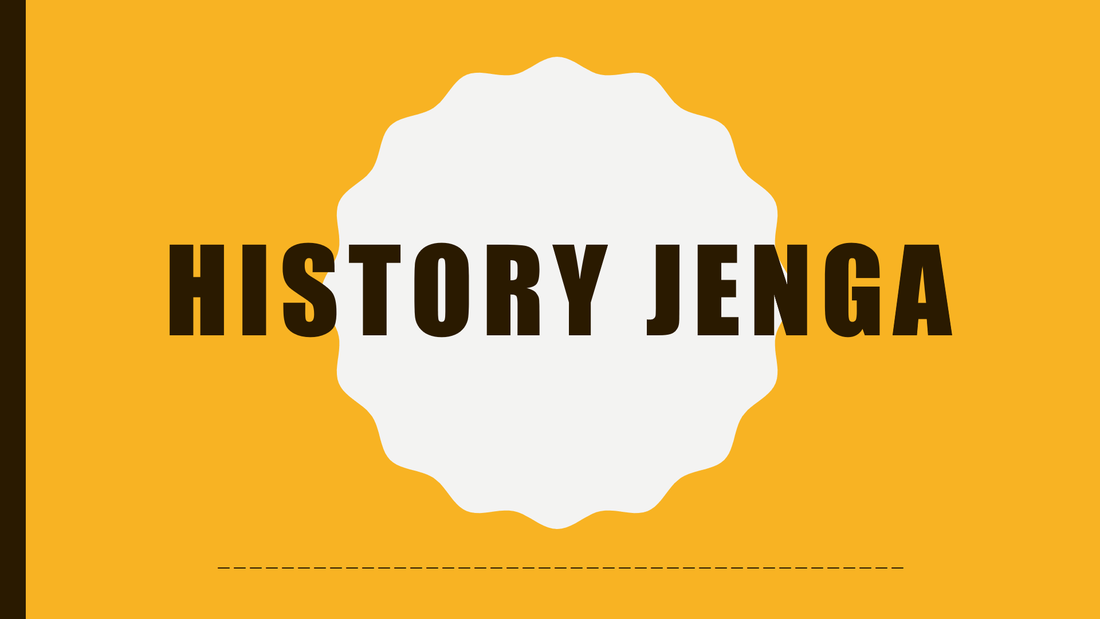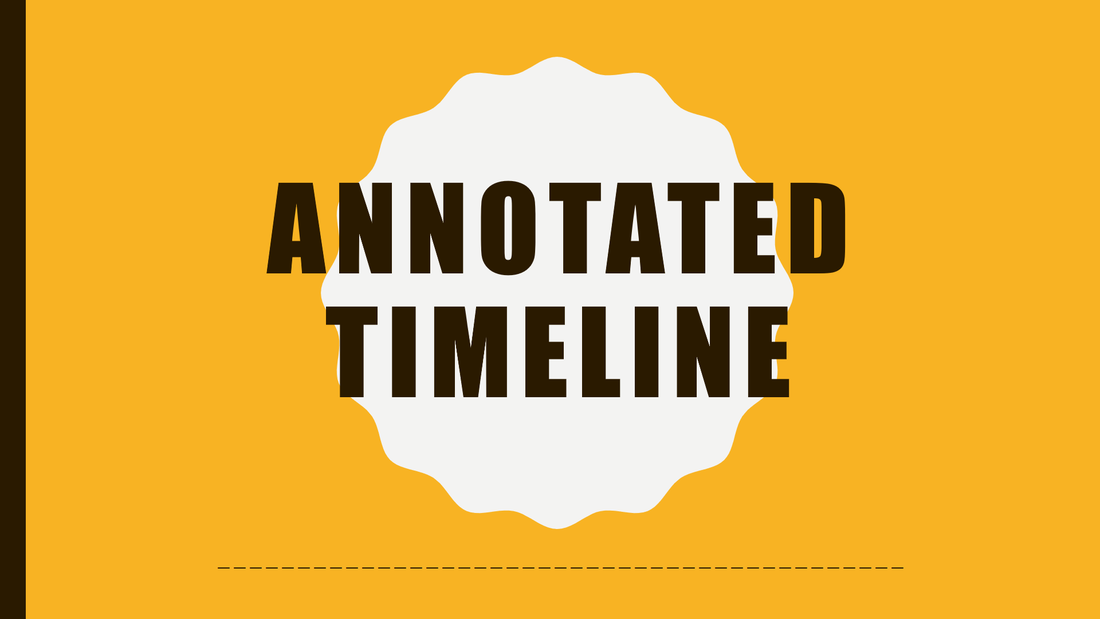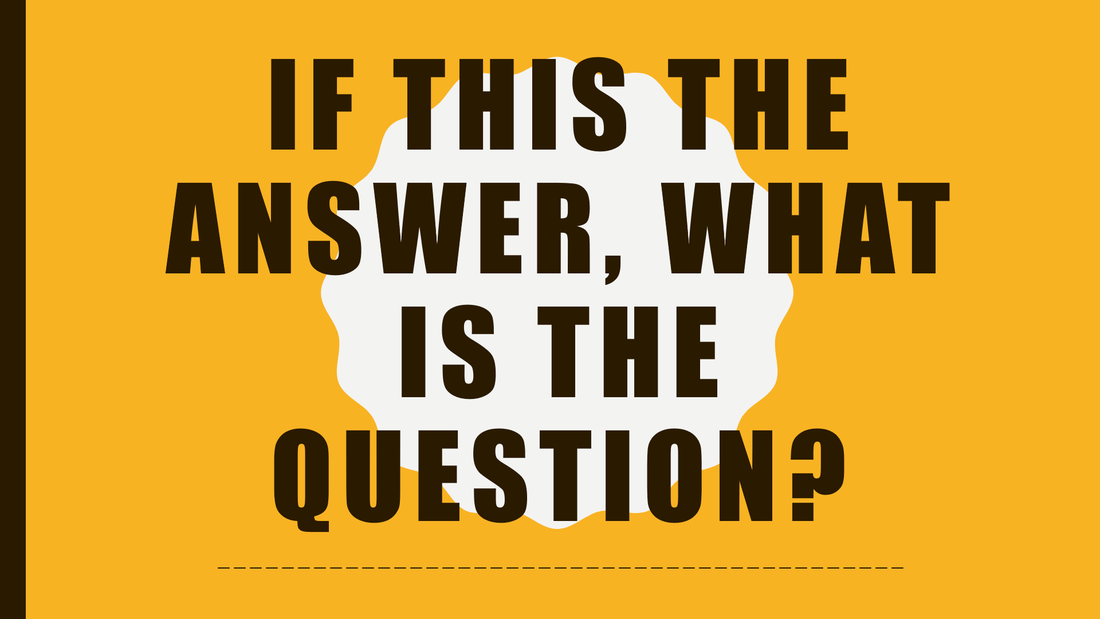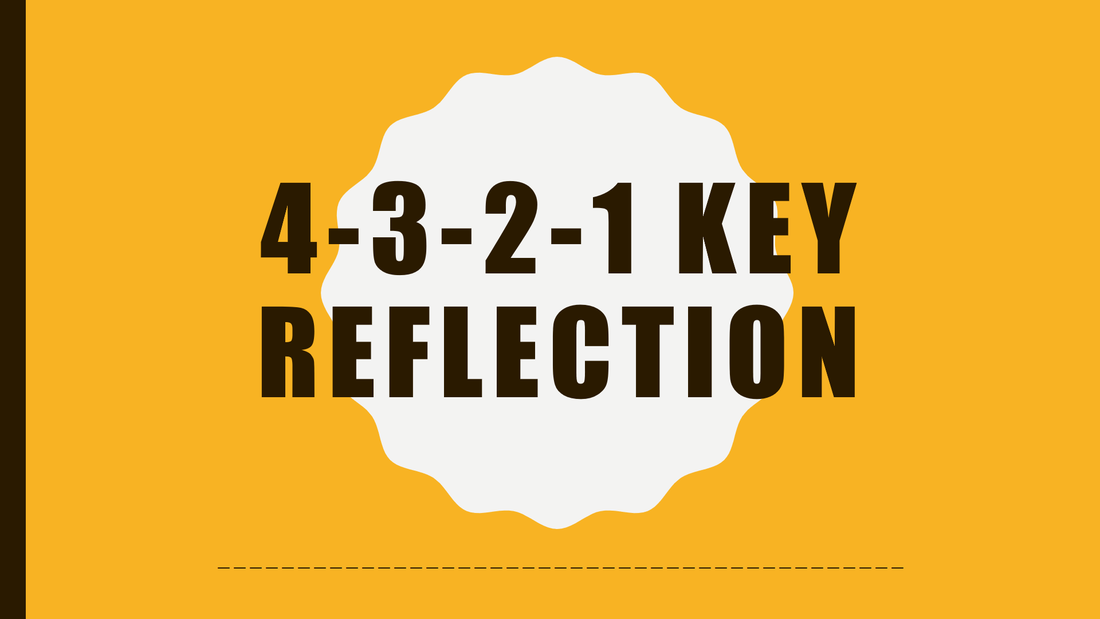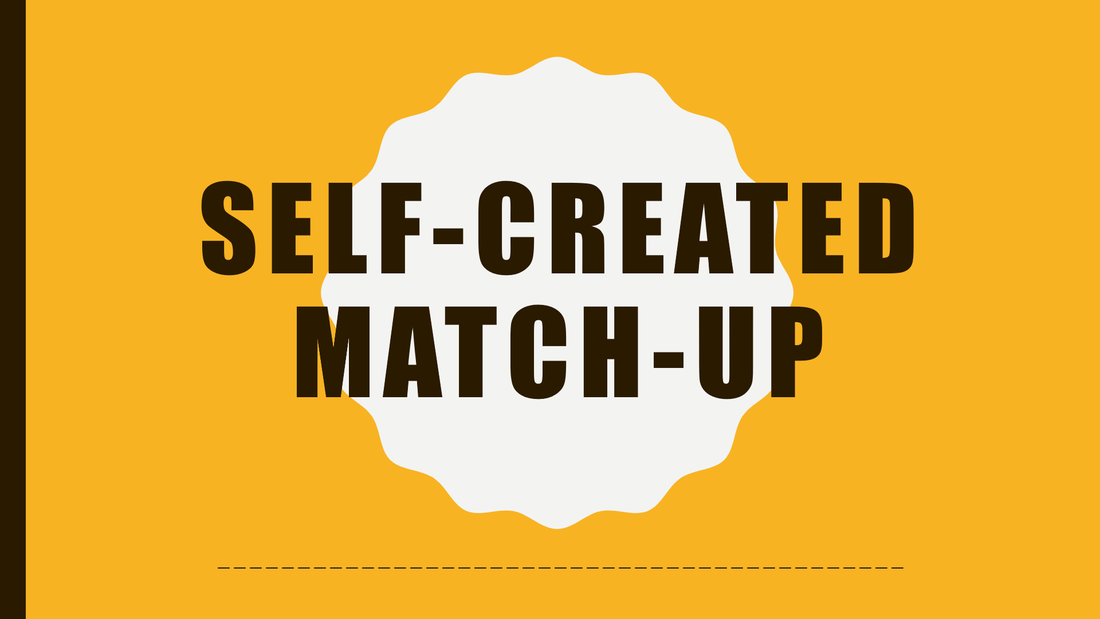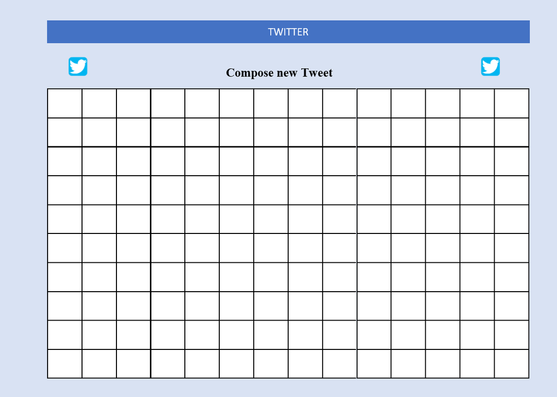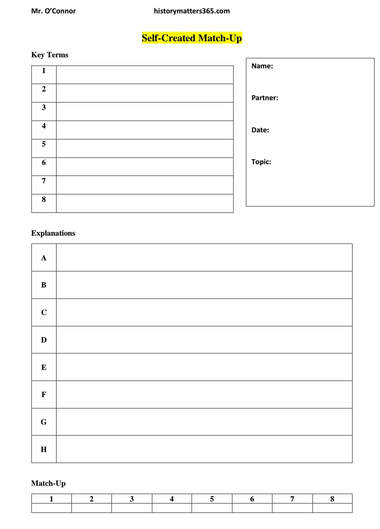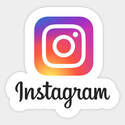|
Download: Source Analysis Frame
Download: History Learning Grid
Students gradually improve their historical writing skills as they progress through the junior cycle. Students master the key term, the sentence, the paragraph and the essay, in that order. Each step takes time and effort to master. Needless to say, failure to master the key term or the sentence will result in below standard paragraphs and essays. As such, it is important to implement strategies to develop the basic skills of historical writing. Develop the sentence is one strategy that a teacher can use to improve students' historical writing skills. Give a set of only fair sentences and challenge the students to develop each one to a very good sentence. Model the task by giving an example. Take feedback and give praise! Download the blank template provided. Develop the Sentence Template
A factual errors task or 'find and fix' is a good example of how teachers can test student knowledge.
Give students an account based on a topic which has been covered. The account will contain a set number of errors. The students must read the account carefully, then identify the errors using a highlighter. Using their knowledge of the topic, they must then give the correct facts. The teacher should take feedback, and ask questions to generate discussion. Consider assigning an extension task. For example, get them to go online and research a related topic and then write their own account. Walkabout Bingo is a fun strategy for getting students to work with each other. Every student gets the same set of questions on a topic e.g. Medieval Life. The students walk around the classroom and get the answers from each other. A student can only get one answer per classmate. Therefore, if there are eight questions, the student must get eight classmates, answering one question each. The answers and the names of the students who provided them are recorded. The first student to get all correct answers and call BINGO, wins! Consider giving a reward e.g. subject department bookmark. The activity continues until everyone has a full set of answers. Follow up by taking feedback. This strategy can be used at the beginning, during, or at the end of a lesson or unit of learning. Try this strategy by using the resources below. Enjoy! Sample Walkabout Bingo: Medieval Life
Blank Template: Walkabout Bingo
Introduce at the beginning of a unit of learning. Keep copies of associated materials in class:
Allow for three levels of difficulty; Low (L), Medium (M), and High (H). Students can't repeat a task and must choose at least one from each level before the unit is complete. Introduce a Wildcard (W) option to encourage creativity. This strategy allows both high, and low achieving students to 'take ownership' of homework, be creative and attempt tasks at their own level, with scope to try something harder. Give students time to present their homework in class. Display some examples on the classroom display board or walls. Give plenty of praise! Download - Choose your own history homework
#HISTEDCHATIE is a new twitter hashtag for history teachers, educators in Ireland. Purpose is to share ideas, resources, and promote a stronger sense of fellowship among Irish history teachers. Please use and share!
Flashcards are a very effective tool for helping students retain knowledge. This is a particularly useful strategy for history. Below is a student guide to using flashcards. This can be downloaded and printed. Download and print guide:
Exit slips help students reflect on what, and how they learn. A few minutes before the lesson concludes, the teacher gives the students a verbal prompt. Examples:
Below is a Facebook status exit slip. These are distributed. Students follow the prompt and compose their thoughts. The teacher collects the exit slips and uses them to help plan the next lesson. They could be put on display and used as an aid to recap what was learned in the last lesson.
Below is a resource for planning a leaving cert history essay using topic sentence. A topic sentence indicates the theme of a main body paragraph. The main themes of the essay should be signposted in the introduction. Usually, it is the first sentence of a paragraph, but not always. For example, it could be the last sentence of the previous paragraph. One topic sentence can be used for 1 or 2 main body paragraphs. Having considered the question, draft a set of topic sentences. The essay should contain between 4 and 6 topic sentences. For each topic sentence, list approximately 4 key terms to be used in the development. The conclusion can briefly summarise the main points of the essay. However, in order to go beyond summary marks [4], you must do more. I advise asking a question that will illicit an independent thought drawn from the facts in the essay. Once the plan is complete, begin writing your essay using information from your textbook, notes and online resources. For more tips on leaving cert history essay writing, refer to this target sheet.
Compose a Tweet is a plenary activity. Students tweet about the learning using 140 or 280 characters e.g. a new fact from today's class you found interesting. They add a suitable hashtag at the end which links to the learning. Two printable templates below. One for 140 characters, and a second for 280 characters. 140 characters
280 characters
Match-up exercises are a simple and effective way to check that students understand the meaning of key terms. They are especially useful for learning history. Teacher created match-ups are good, student created match-ups are better. Below is a blank template that can be printed, copied and given to students. Students work in pairs. The student selects 6-8 of the most important key terms from the learning. The student then constructs an explanation for each. Once the match-up is ready, it is given to his/her partner to complete. The student will assess the work and give feedback. The teacher should interact with the pairs as they work, giving advice, answering questions and noting how well the students are matching key terms with explanations. Are there key terms that are proving difficult? Once the pairs are finished working, the teacher should take whole class feedback. Note chosen key terms on the board in the form of a word cloud. Students share any key terms they were/are unsure of. The teacher circles these for emphasis, and for further discussion. Use the word cloud to elicit verbal explanations from individual students. Once the students are happy that they can explain each of the key terms, the class moves on with the learning.
|
History Matters 365 BlogAuthorChristian O'Connor, history teacher, St. Mary's Secondary School, Mallow, Co. Cork. Categories
All
Social MediaMailing ListGDPR compliant.
|
||||||||||||||||||||||||||||||||||||||||||||||||||||||||||||||||||||||||


